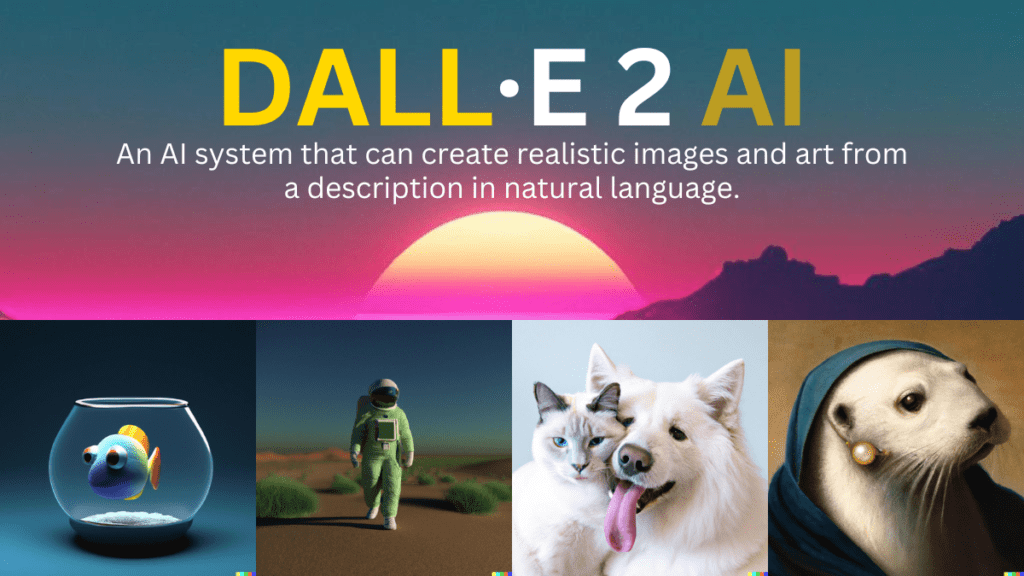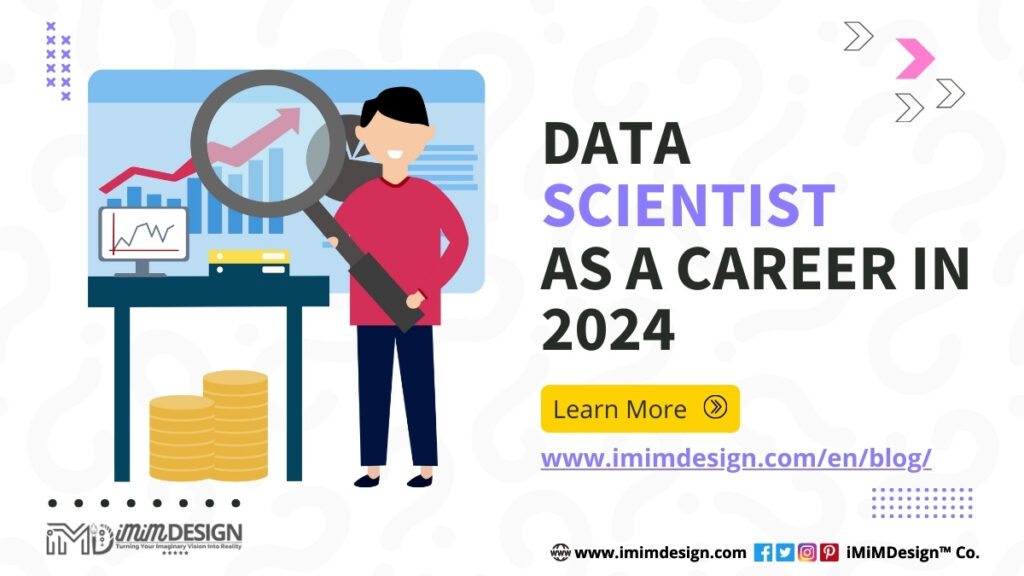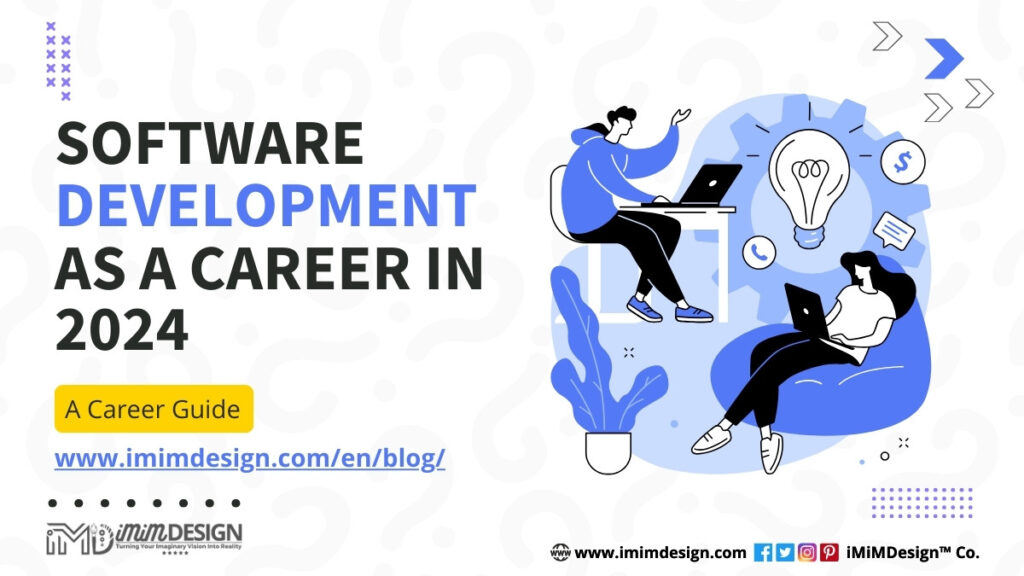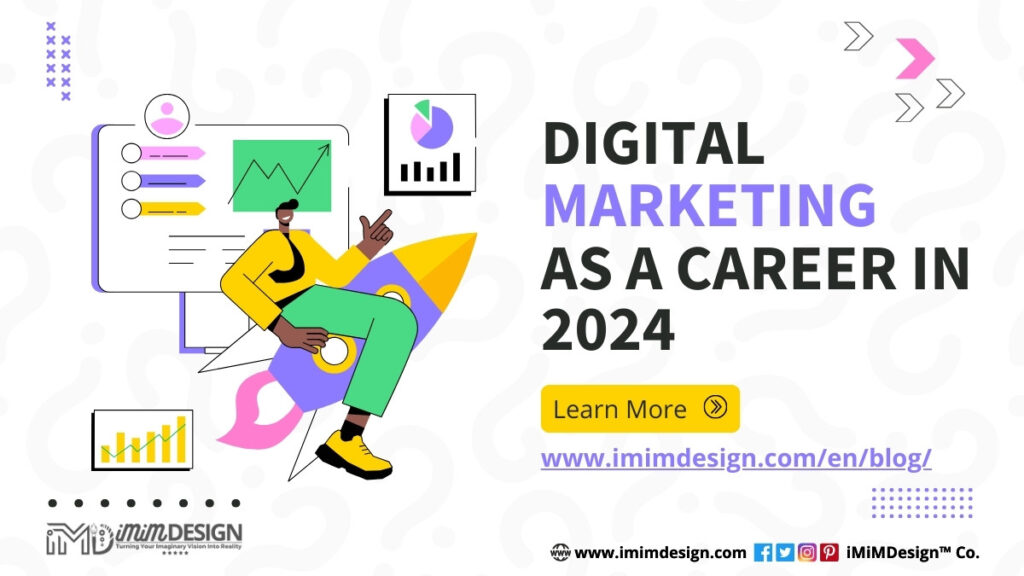DALL-E 2: The Next Step in AI Art
DALL-E 2 is a powerful tool with a wide range of potential applications. Artificial intelligence has been making headlines in the art world for some time now. From generating images to composing music and even creating poetry, AI algorithms have shown remarkable potential in the creative domain. One of the most exciting examples of this is DALL-E, a neural network designed by OpenAI that can generate a wide range of images from textual prompts.
First introduced in early 2021, DALL-E quickly became a sensation in the tech world, with its ability to produce high-quality images that go far beyond what other AI systems had been capable of before. Now, just months after its initial release, OpenAI has unveiled DALL-E 2, an even more powerful version of the system that promises to take AI art to the next level.
So, what exactly is DALL-E 2, and what sets it apart from its predecessor? In this post, we’ll take a closer look at this cutting-edge AI system and explore its potential for the future of art and design.
What is DALL-E 2?
At its core, DALL-E 2 is an artificial intelligence algorithm designed to generate images based on textual prompts. It’s a follow-up to the original DALL-E system, which was released in January 2021 and quickly gained attention for its ability to generate a wide range of images, from surreal landscapes to anthropomorphic animals, based on written descriptions.
DALL-E 2 builds on this foundation by introducing several key improvements and enhancements. According to OpenAI, the new system is “more powerful, flexible, and efficient” than its predecessor, with the ability to generate higher-quality images and handle more complex prompts.
One of the biggest changes in DALL-E 2 is the way it handles object interactions. In the original DALL-E, each object in an image was generated independently, with no consideration given to how those objects might interact with each other. This led to some limitations in the types of scenes that could be generated, as objects could appear disjointed or awkwardly positioned.
With DALL-E 2, however, the system is able to consider the relationships between objects and generate scenes that are more coherent and realistic. For example, if a prompt asks for an image of a cat sitting on a bookshelf, DALL-E 2 can understand that the cat should be positioned on top of the shelf and generate an image that reflects that.
Another key improvement in DALL-E 2 is its ability to generate images with greater detail and complexity. According to OpenAI, the new system has been trained on a dataset of 250 million images, which is 10 times larger than the dataset used to train the original DALL-E. This has allowed the system to learn more nuanced features and textures, leading to images that are more realistic and detailed than before.
What Can DALL-E 2 Do?
So, what kinds of images can DALL-E 2 generate, and how might it be used in the real world? The answer to this question is limited only by the imagination of the user, but some early examples of DALL-E 2-generated images give us a sense of the system’s capabilities.
One example provided by OpenAI shows an image of a cat made entirely out of sushi. Another shows a “table” made entirely out of cats, with each feline contorted into a different shape to form the table legs and surface. These examples highlight DALL-E 2’s ability to generate surreal and whimsical images that would be difficult or impossible to create using traditional design tools.
Some of the DALL-E 2 generated images with their prompts are shown below







All of the above images are taken from the official website of OpenAI. These images are featured in the DALL-E 2 gallery images.
Click here to check them.
But DALL-E 2 can also be used for more practical applications. For example, the system could be used to generate product images or marketing materials based on written descriptions. Instead of hiring a photographer or graphic designer to create these materials, a company could simply provide a textual prompt to DALL-E 2 and receive a high-quality image in return. This could save time and money, while also providing greater creative flexibility.
DALL-E 2 could also be used in fields such as architecture and interior design. By generating images of different room layouts or building designs based on written descriptions, architects and designers could get a better sense of how their ideas might look in reality. This could help them refine their designs more quickly and effectively, ultimately leading to better results.
Finally, DALL-E 2 could be used in education and research. For example, a teacher could use the system to generate images for a lesson plan, helping to illustrate complex concepts in a more engaging and accessible way. Researchers could also use DALL-E 2 to generate images for scientific papers or presentations, helping to make their work more accessible and understandable to a wider audience.
The Future of AI Art
DALL-E 2 is just the latest example of the incredible potential of AI in the creative domain. From generating art to composing music and even creating virtual reality experiences, AI algorithms are opening up new possibilities for artists and designers.
But with this potential comes some important questions and considerations. For example, what role will human creativity and intuition play in a world where AI systems can generate such a wide range of creative works? Will AI-generated art be considered as valuable as art created by human artists?
There are also ethical concerns to consider. For example, what happens when AI-generated art is used commercially or sold for large sums of money? Who owns the rights to these works, and how should they be compensated?
As we continue to explore the potential of AI in the art world, it’s important to consider these questions and to ensure that we’re using these tools in ways that are ethical and responsible. But there’s no denying that DALL-E 2 represents an exciting step forward in this field, and we can’t wait to see what other innovations and breakthroughs the future holds.
Using DALL-E 2
Using DALL-E 2 is relatively simple. To generate an image, users provide a textual prompt that describes the image they want to create. This prompt can be as simple or as complex as the user desires, and can include details such as the objects in the scene, their relative positions, and their colors and textures.
Once the prompt has been entered, DALL-E 2 goes to work, using its neural network to generate an image that reflects the prompt. The system can take several seconds or even minutes to generate an image, depending on its complexity and the resources available.
Users can then review the generated image and make any desired adjustments before saving it to their computer or sharing it with others. DALL-E 2 can generate images in a variety of formats, including JPEG and PNG.
Pricing
At the time of writing, OpenAI has not released any official pricing information for DALL-E 2. However, it’s likely that the system will be available on a commercial basis, with pricing based on factors such as the number of images generated and the level of support provided.
What’s a DALL·E Credit?
- You can use a DALL·E credit for a single request at labs.openai.com: generating images through a text prompt, an edit request, or a variation request.
- Credits are deducted only for requests that return generations, so they won’t be deducted for content policy warnings and system errors.

How many free credits do you get?
- You get 50 free credits your first month.
- 15 free credits will replenish every month after that, on the same day of the month.
- For example, if you signed up on August 3rd, your free credits will refill on September 3rd.
- If you joined on the 29th, 30th, or 31st of every month, your free credits will refill on the 28th of every month.
- Free credits don’t roll over to the next month, so they expire a month after they were granted – but you’ll get 15 new free credits. Know more here.
It’s also possible that DALL-E 2 will be available as a subscription service, with users paying a monthly or annual fee for access to the system. Alternatively, OpenAI may choose to license the technology to third-party developers, who can then integrate it into their own products and services.
Regardless of how DALL-E 2 is priced, it’s likely that the system will be most accessible to large organizations and businesses, given the computational resources required to run it effectively. However, as AI technology continues to advance and become more accessible, it’s possible that smaller organizations and individuals will also be able to make use of DALL-E 2 in the future.
Final Words
DALL-E 2 represents an exciting step forward in the field of AI art, offering a powerful tool for generating high-quality images based on textual prompts. With its ability to consider object interactions and generate detailed and complex images, DALL-E 2 has the potential to transform a wide range of industries, from product design to education and research.
While questions of pricing and accessibility remain, there’s no denying that DALL-E 2 represents a significant milestone in the development of AI art. As we continue to explore the potential of these technologies, it’s important to consider the ethical implications of AI-generated content. As DALL-E 2 and similar technologies become more advanced, it’s possible that they could replace human artists and designers in some contexts, leading to job losses and a potential devaluation of creative labor.
Furthermore, there is a risk that AI-generated content could perpetuate harmful stereotypes or biases if not carefully monitored and regulated. It’s crucial that we continue to engage in critical conversations about the role of AI in creative industries and work towards developing ethical guidelines and standards for their use.
Overall, DALL-E 2 represents a fascinating development in the world of AI art, and its potential applications are sure to capture the attention of artists, designers, and researchers in the years to come. As we continue to explore and experiment with this technology, it’s important that we approach it with a critical eye and a commitment to ethical and responsible use.
Latest Posts






